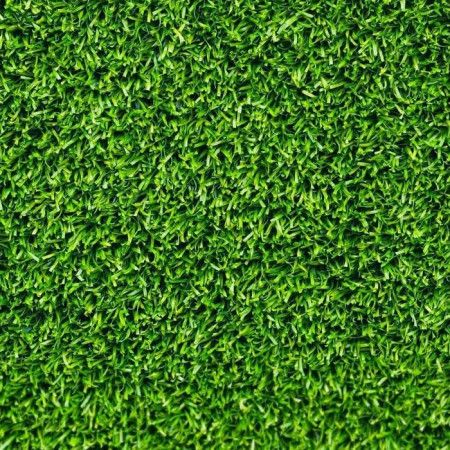CLASSIC lawn
The size of the root ball is 125 x 40 cm and therefore one root ball covers half a square meter of surface.
The quantity ordered is in square metres, which means that if you write '100' in the Quantity field you will receive 200 rolls of lawn capable of covering a surface of 100 square metres.



Mixture of Festuca Arundinacea and Poa Pratense.
It is the most classic lawn suitable for residential use in temperate zones.
It can also be used for the construction of non-professional sports facilities.
Being the most widely produced type of lawn, it is the cheapest while being resistant and pleasing to the eye.
This type of lawn resists temperature differences well.
It has a fair resistance to the cold. In colder climatic zones, with minimum temperatures consistently below zero, it tends to yellow slightly although in its entirety it still remains green.
Heat resistance is the best among evergreen species.
It has excellent resistance to trampling.
Very good within the evergreen species.
It has good shade resistance.
It tolerates partial shade situations, as long as it is not completely dark.
It should be cut at a height between 4 and 5 centimeters. It does not tolerate cuts below 3.5 centimetres. Cutting can be done with lawnmowers with helical or rotary blades.
NB. Delivery takes place on average in 5/6 days from the order and 24 hours from collection, upon communication from our delivery office.
- Festuca arundinacea (%)
- 90
- Poa Pratense (%)
- 10
It is necessary to lay the lawn within 24 hours of delivery to guarantee its integrity.
1. Tillage with removal of any residue of old lawn or weeds and large stones (small ones can also be left).
2. Preparation of the installation base by correcting the soil if it is excessively silty or sandy with the addition of silica or river sand or, alternatively, lapillus.
3. Accurate leveling to avoid harmful water stagnation. Keep the ground level 1-2 cm below the level of sidewalks or walkways in general.
4. Fertilization base with phosphorus-based fertilizer to stimulate the root development of the root ball.
5. Laying the lawn: carefully place the clods together, making the edges match (do not overlap). In very large plots, irrigate as you lay it to avoid dehydration of the lawn, especially in the summer season. Do not use small pieces of sod as they are quickly subject to dehydration.
6. Water abundantly as soon as the lawn is laid. Roll the ground to ensure that the carpet can adhere perfectly to the ground, thus eliminating air pockets that would prevent the turf from rooting. In the following days, make sure that the water supply always keeps both the root ball and the underlying soil very moist to help it root. It is advisable to water during the coolest hours of the day: early morning. After approximately 15-20 days after installation, depending on the period, you should no longer be able to lift the clods.
7. Gradually reduce irrigation, trying to accustom the turf to the lowest possible water intake depending on the soil, sun exposure and season.
8. First mowing of the lawn approximately 10 days after installation e always collection of the cut.
9. There are no seasonal limits for the installation of the lawn, but it is good practice, in case of installation at high temperatures, to prevent fungal attacks with specific products and never install in the presence of frozen ground.
10. Fertilizations: at least four basic annual fertilizations are recommended: early spring and late spring with ternary fertilizers with a prevalence of nitrogen content and early autumn and late autumn with ternary fertilizers with a prevalence of potassium content.
11. Fungicide treatment: it is recommended to carry out preventive fungicide treatments, especially in the summer season.










